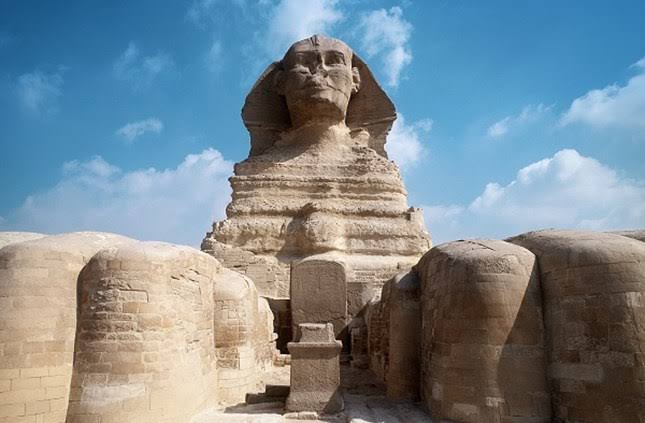
Beneath the towering pyramids of Egypt, a world of intrigue and mystery continues to captivate historians, archaeologists, and explorers alike. While the Great Pyramids of Giza and their surrounding monuments have long been subjects of fascination, recent discoveries and theories suggest that there may be more hidden beneath the sands of time than we ever imagined a lost civilization whose legacy could reshape our understanding of ancient Egypt.
The pyramid fields of Giza, particularly the Great Pyramid built for the Pharaoh Khufu, are iconic symbols of ancient Egyptian culture, mathematics, and engineering. Yet, as excavation technologies have advanced, evidence has emerged suggesting that there may be unknown structures or remnants of an older civilization buried beneath these monumental sites. In 2017, ground-penetrating radar scans in the vicinity of the Great Pyramid revealed possible hidden chambers, offering a tantalizing glimpse into the secrets that might lie beneath the pyramids’ foundations.
One of the most compelling theories is that the pyramids were not the work of the civilization we traditionally associate with them the ancient Egyptians but possibly earlier, advanced peoples whose influence was later absorbed by the dynastic Egyptians. This speculative idea is fueled by several intriguing findings. For example, certain features of the pyramids, such as their precise alignments with the stars and the scale of their construction, suggest a level of sophistication that has yet to be fully understood.
Moreover, there are ongoing claims of an even older civilization that predated the known pharaonic dynasties. Ancient texts and even some modern archaeological discoveries hint at a forgotten or lost culture, possibly destroyed by some catastrophic event, such as flooding or natural disasters. This civilization could have left behind knowledge and techniques that were passed down to the Egyptians, although much of their original culture and history was obscured by time.
Perhaps the most famous mystery surrounding Egypt’s pyramids is the so-called “Hall of Records,” a hidden chamber allegedly containing ancient knowledge, buried deep beneath the Sphinx or the Great Pyramid. This idea was first popularized by psychic Edgar Cayce in the 1930s, though no physical evidence has ever supported the existence of such a chamber. Still, the possibility that there could be significant undiscovered relics or structures remains a captivating topic in the world of archaeology.
Recent discoveries in the area are not limited to radar scans or speculative theories. In 2020, Egyptian archaeologists announced the discovery of a significant new burial site, with dozens of tombs containing mummies, sarcophagi, and artifacts. This site was found not far from the Giza Plateau, indicating that there could be yet more to discover about the people who lived and worked in the shadow of the pyramids.
Despite the growing body of evidence suggesting a rich and complex history beneath the surface, much of the speculation remains just that—speculation. Many mainstream archaeologists argue that the evidence is insufficient to claim that a mysterious, advanced civilization once thrived in Egypt before the known Egyptians. Instead, they believe that the civilization of the pharaohs themselves was capable of constructing these awe-inspiring monuments through ingenuity and labor.
Nevertheless, the mysteries of the civilization under Egypt’s pyramids continue to capture the imagination of the world. With new technology and methodologies, what lies hidden beneath the sands may one day be uncovered, shedding light on the deeper, more enigmatic history of one of the world’s oldest and most enduring cultures. Whether we uncover a lost civilization or learn more about the genius of ancient Egypt, one thing is certain: the secrets of Egypt’s past are far from fully understood, and the exploration is just beginning.






